71 Diptera – Introduction
Diptera
Diptera, the (true) flies, is a huge order of insects, with plenty of undocumented diversity. Flies tend to be the dominant fauna in Arctic and sub-Arctic regions, both in terms of species richness, and in terms of abundance (e.g. think mosquitoes and black flies!). Many species are extremely important to humans. Diptera is divided into two suborders, Nematocera and Brachycera.
As members of a very large order, flies can be highly variable. One characteristic is common to all Diptera: they have a single pair of wings (or occasionally no wings at all) as adults, and never two pairs. The hind wings of Diptera are reduced and modified into small, club-like structures called halteres. Halteres are used as a balance organ to facilitate rapid, maneuverable flight. They can be tricky to see in some groups, but are readily apparent in other groups. Remember that male Strepsiptera also have halteres, but it is the front wings that are modified and reduced in Strepsiptera.
Some of the key features you will need to use to identify flies are the number of antennal segments; the presence/absence of a structure called the greater ampulla, the presence/absence of a row of bristles on a sclerite called the meron; and the relative size of the calypters. Rather than trying to define all of these features, I have illustrated them below. Please contact me with any questions!
1. Antennal segments
a) 6 or more:
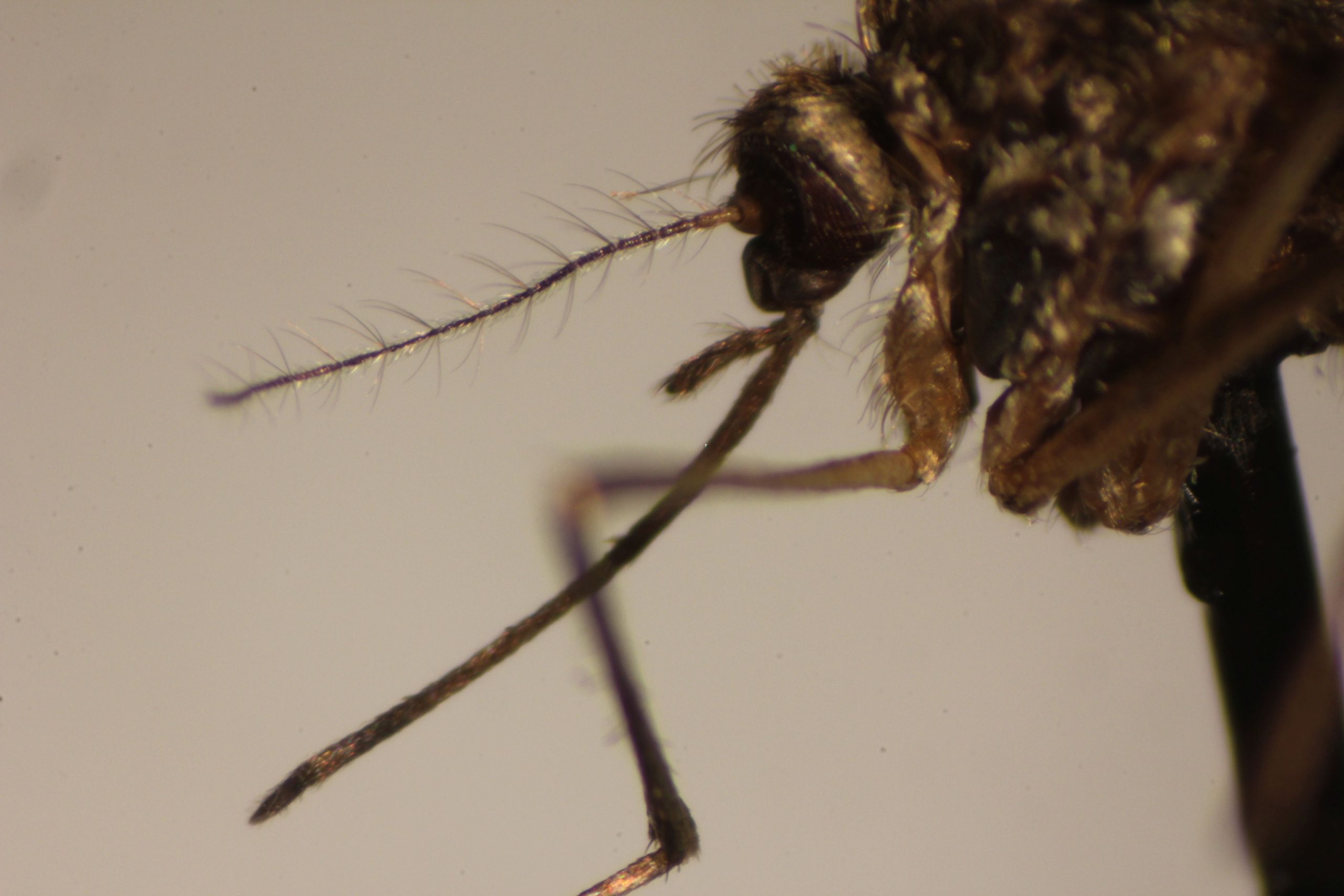
b) 5 or fewer:
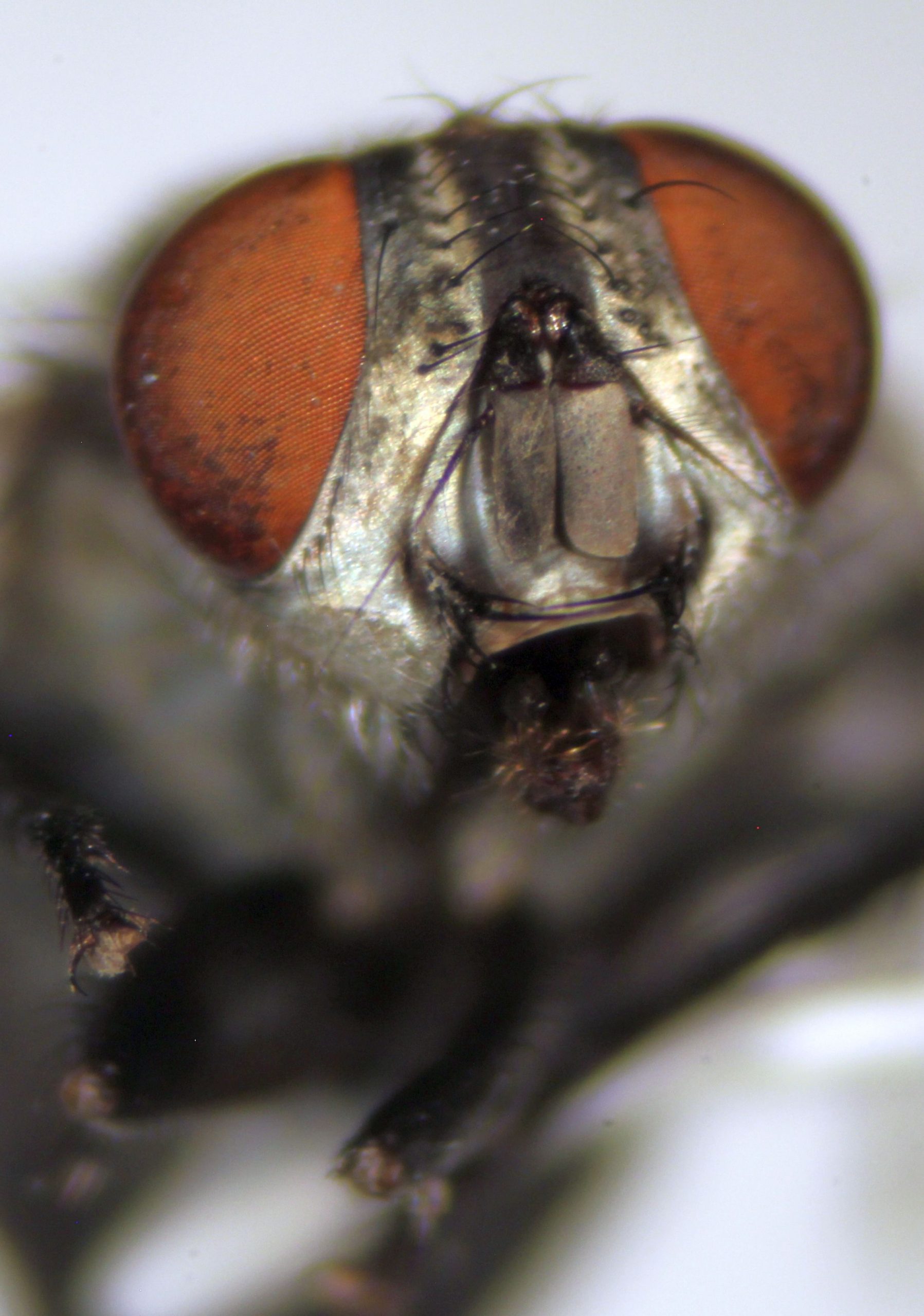
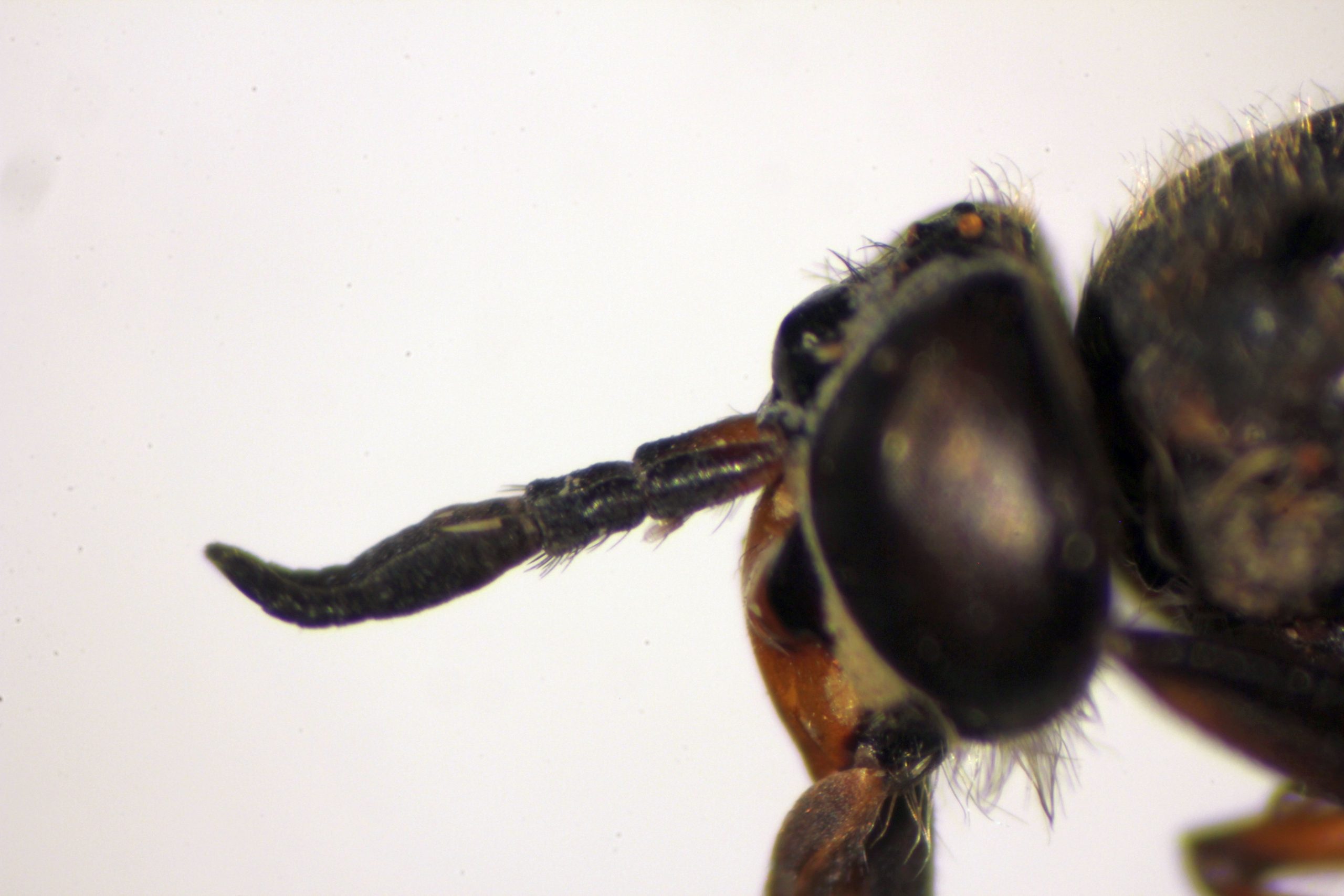
2. Greater ampulla present/absent
a) Present:
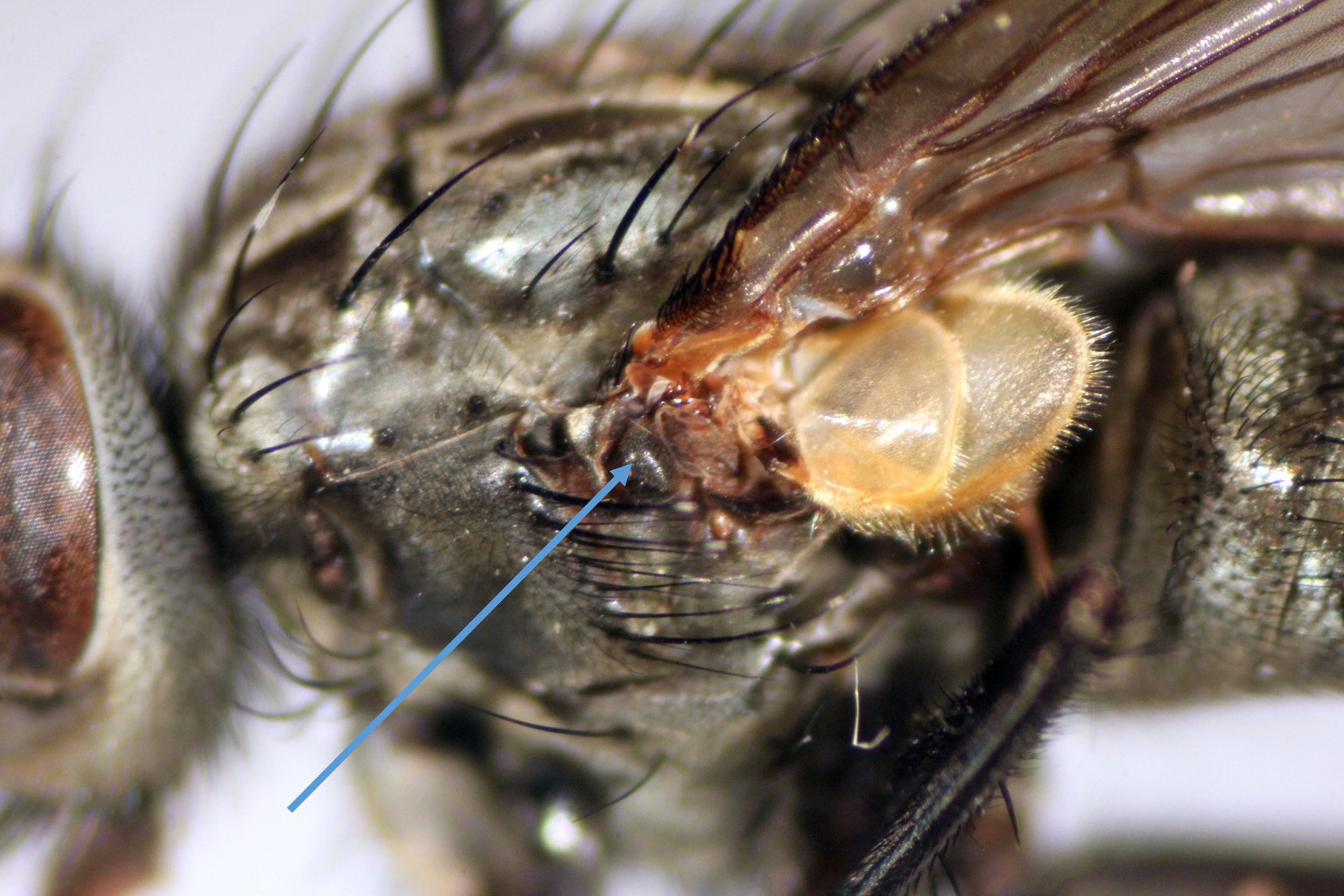
b) Absent:
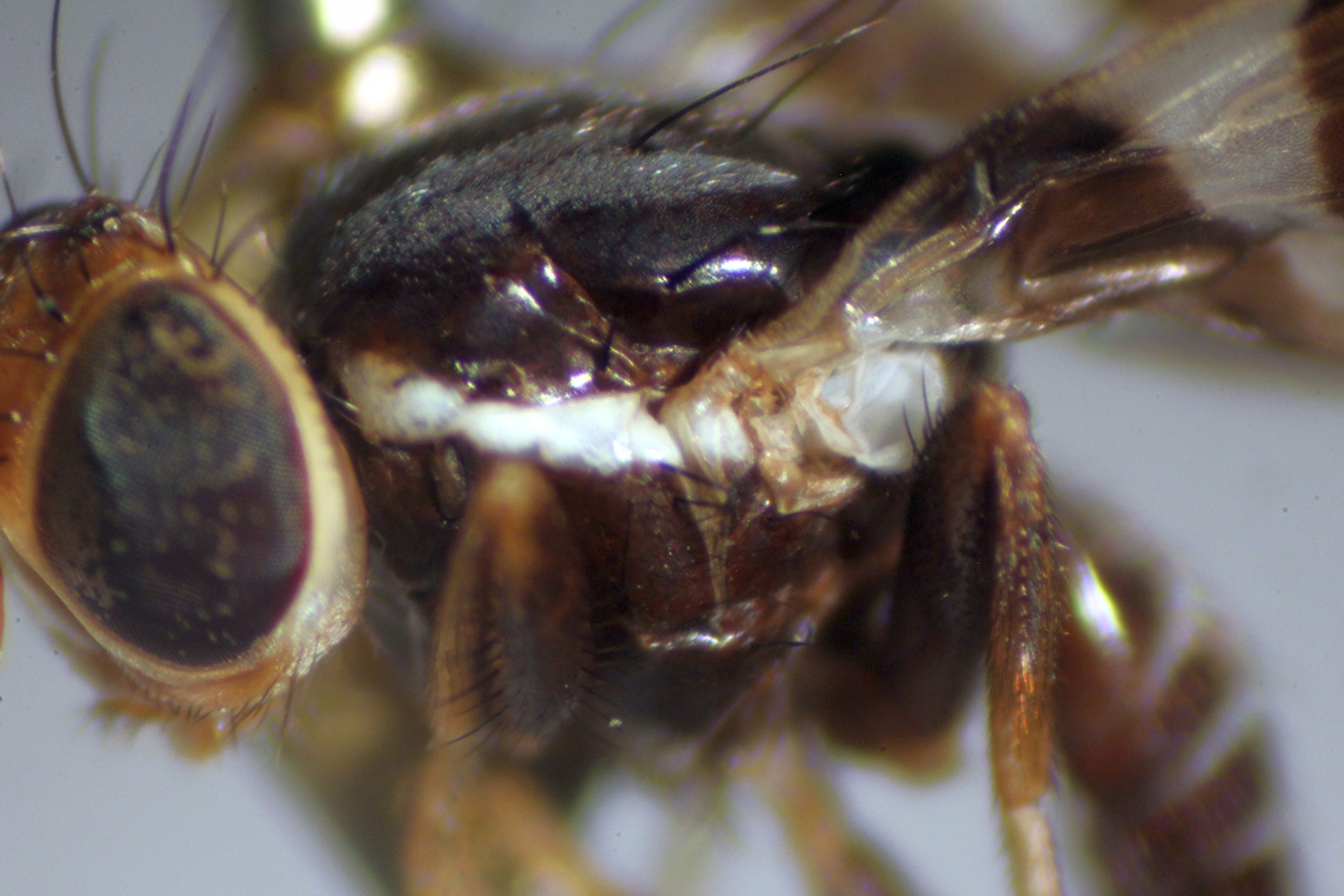
3. Meron with row of bristles
a) Yes, present:
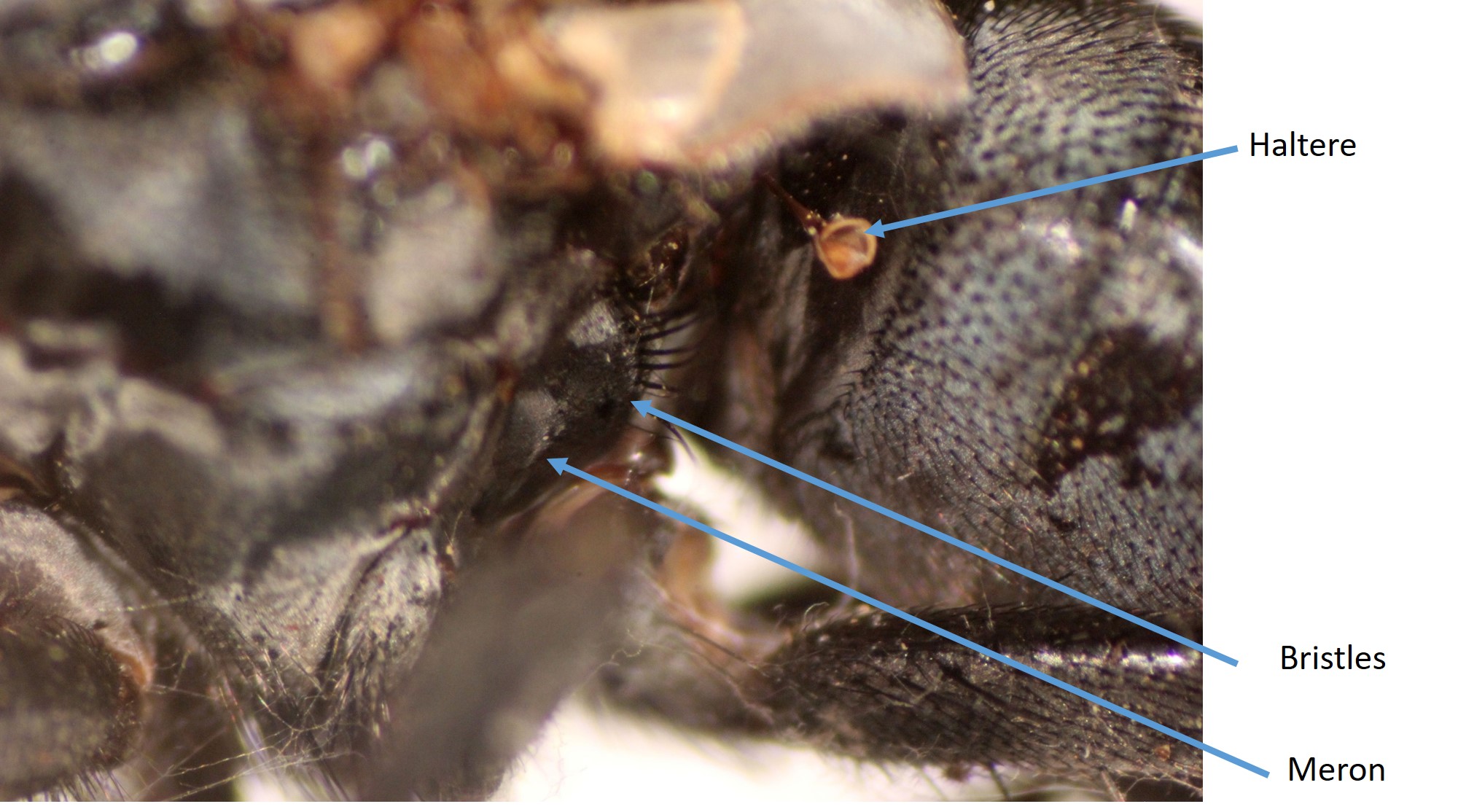
b) No, absent:
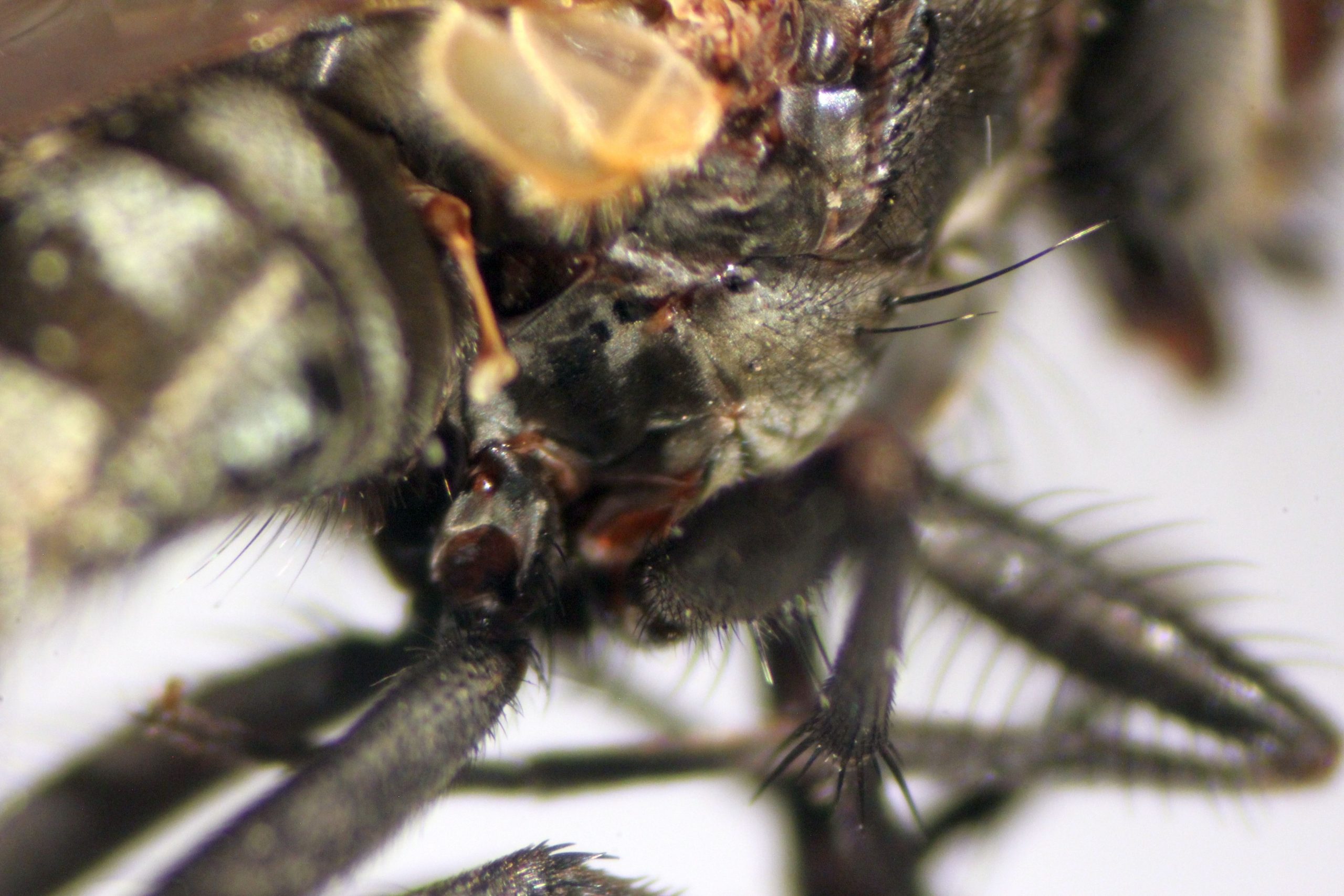
4. Calypters (lower larger than upper, in this case):
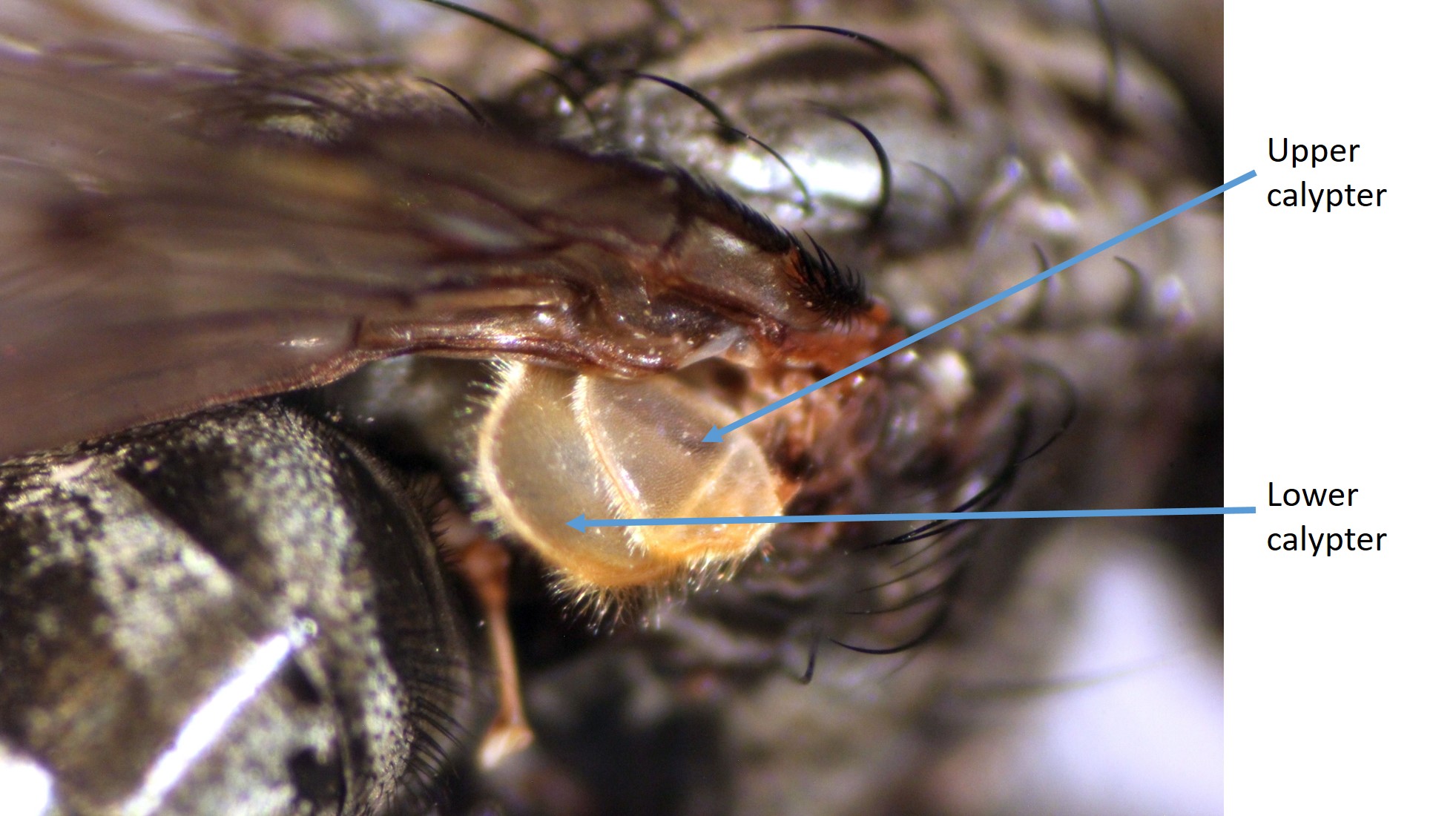


Feedback/Errata